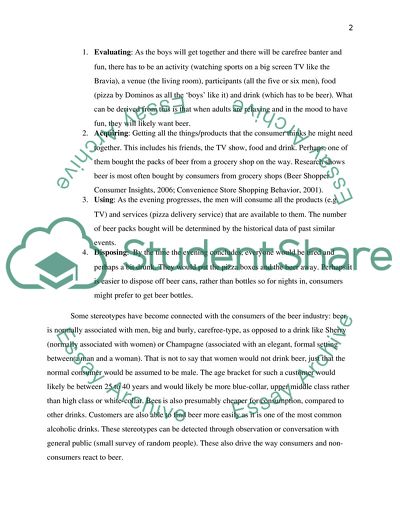Cite this document
(“Consumer Behaviour and the Beer Industry Research Paper”, n.d.)
Consumer Behaviour and the Beer Industry Research Paper. Retrieved from https://studentshare.org/psychology/1558590-essay-consumer-psychology-beer-industry-chosen
Consumer Behaviour and the Beer Industry Research Paper. Retrieved from https://studentshare.org/psychology/1558590-essay-consumer-psychology-beer-industry-chosen
(Consumer Behaviour and the Beer Industry Research Paper)
Consumer Behaviour and the Beer Industry Research Paper. https://studentshare.org/psychology/1558590-essay-consumer-psychology-beer-industry-chosen.
Consumer Behaviour and the Beer Industry Research Paper. https://studentshare.org/psychology/1558590-essay-consumer-psychology-beer-industry-chosen.
“Consumer Behaviour and the Beer Industry Research Paper”, n.d. https://studentshare.org/psychology/1558590-essay-consumer-psychology-beer-industry-chosen.


